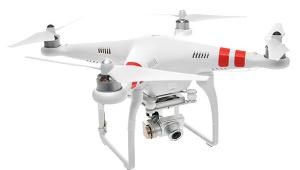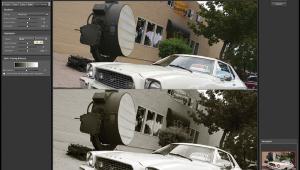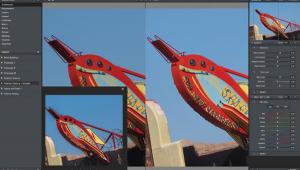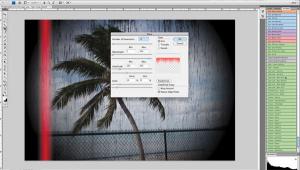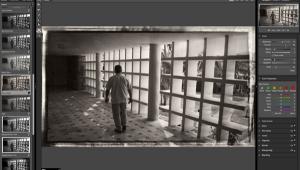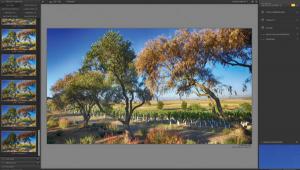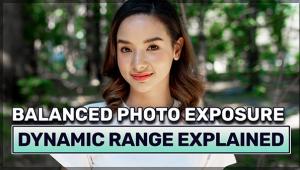Digital Innovations
Perfect Digital Exposure
The number one question I
hear from students at the film-based workshops I teach and one that
usually permeates the entire event is a quest for perfect exposures,
"How to determine a consistent approach that will guarantee perfectly
exposed slides or negatives?" At Howard Community College in Maryland
I used to tell my Basic Photography students that the perfect exposure
was the one they liked. I then suggested that they shoot tests using
their favorite film, making notes on how each film stock behaved under
different lighting conditions such as cloudy days, backlighting, and
sidelighting--even electronic flash. In digital workshops, getting
perfect exposures seems to be the last thing students ask about. I guess
they expect to fix any mistakes with Adobe Photoshop or their favorite
image-editing program. |
|||
That doesn't
mean that these photographs were "perfect." Far from it. As
you underexpose digital images, noise becomes a problem, but that is one
problem that can be minimized using noise reduction [Photoshop compatible]
plug-ins from The Imaging Factory (www.theimagingfactory.com)
or Visual Infinity (www.visinf.com)
or you can just let it add to the mood, much like film grain. In this
series of photographs, I also noticed an increase in overall warming of
the tones in the images caused by the same kind of "cross curve"
effect that affects film emulsions under similar conditions. That could
easily be fixed by using a custom white balance setting, but I think that,
in the case of these particular photographs, it adds to the overall mood.
Much as a Kodak Gray Card (www.silverpixelpress.com)
can be useful in determining film exposure, the flip side of the card
is white and makes an excellent tool for creating custom white balance
under difficult color temperature or exposure situations. Give it a try.
So what's the perfect exposure? It's the one you like. Go make a few tests and find out for yourself. One of the advantages of using digital is that it won't cost you any money to find out. Digital Prints |
|||
Then I tried Adorama's
Digital Photo Print services (www.adorama.com).
As a test I sent them an 8MB CompactFlash card containing 26 images from
Shutterbug's Miami Digital Photo Workshop Series (www.shutterbug.net/workshops).
The images were smaller than 300K JPEG files made using an Olympus Camedia
E-20N (www.olympusamerica.com)
at diverse locations under different kinds of lighting conditions, including
electronic flash in a studio and the rainforest-like environment of Parrot
Jungle. |
|||
Photo Explorer For The Mac
OS Wide Angle Digital |
|||
Photo Scanners Portable Pix |
- Log in or register to post comments





